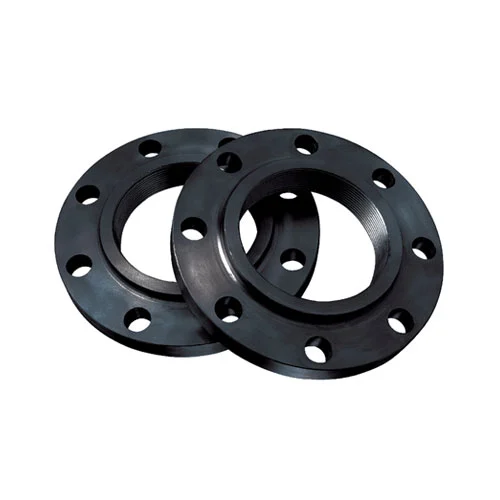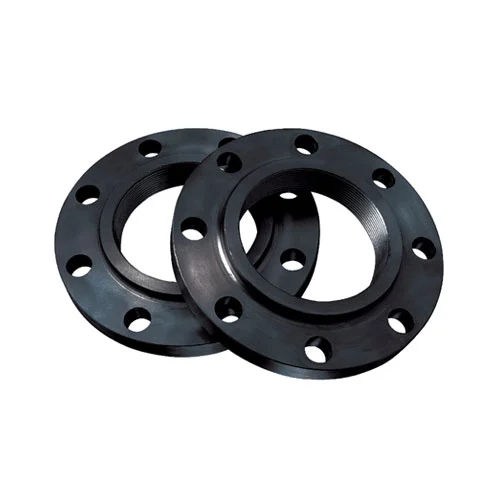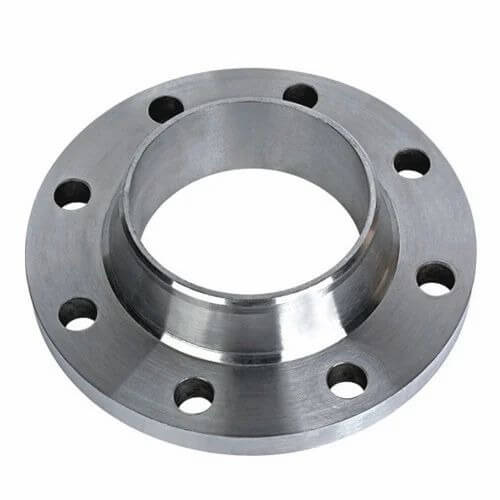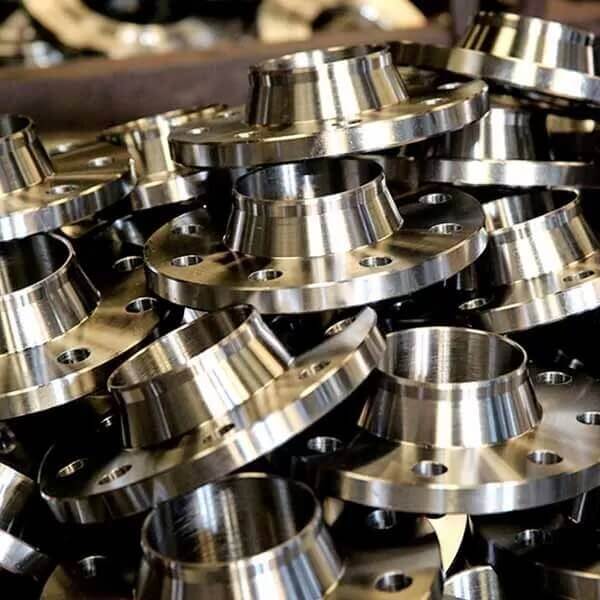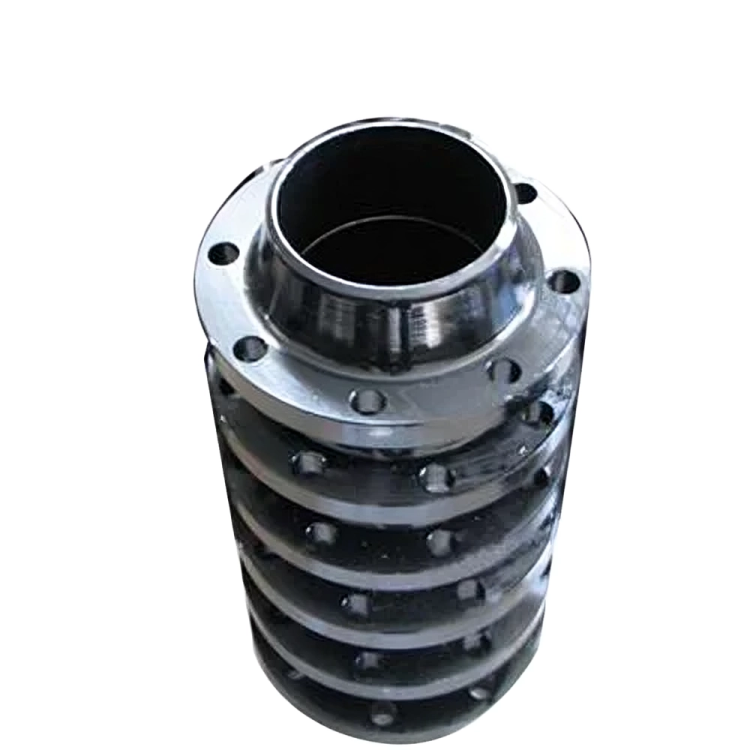ASTM A350 LF2 Flanges: A Comprehensive Guide to Carbon Steel Flanges for Low-Temperature Application

Strong 8k brings an ultra-HD IPTV experience to your living room and your pocket.
ASTM A350 LF2 flanges are a prominent category of carbon steel flanges engineered to deliver reliable performance under low-temperature conditions. These components are essential in critical industries like oil and gas, petrochemical, power generation, and cryogenic systems, where mechanical toughness and resistance to brittle fracture are non-negotiable. This article explores the specifications, characteristics, types, manufacturing process, and applications of ASTM A350 LF2 flanges, underscoring their vital role in the carbon steel flange family.
Understanding ASTM A350 LF2 Standard
The ASTM A350 specification governs forged carbon and low-alloy steel flanges, fittings, valves, and parts that are primarily used in low-temperature service applications. The LF2 grade, in particular, is one of the most commonly used grades due to its excellent toughness, weldability, and impact resistance at sub-zero temperatures—usually tested at -46°C (-50°F).
LF2 falls under Class 1 and Class 2, with Class 1 being more commonly used. Both classes are similar in chemical composition but differ slightly in mechanical properties like yield strength and impact energy requirements.
Chemical Composition of ASTM A350 LF2
The strength and reliability of ASTM A350 LF2 flanges stem from their carefully controlled chemical makeup, which includes:
Element Composition (%)
Carbon (C) 0.30 max
Manganese (Mn) 0.60 – 1.35
Phosphorus (P) 0.035 max
Sulfur (S) 0.040 max
Silicon (Si) 0.15 – 0.30
Chromium (Cr), Nickel (Ni), Molybdenum (Mo), Copper (Cu), Vanadium (V) Limited Trace Quantities
This composition enhances the steel’s ability to withstand extreme temperatures while maintaining its toughness and durability.
Mechanical Properties
ASTM A350 LF2 flanges are designed to meet stringent mechanical property requirements to ensure operational reliability:
Tensile Strength: 485 MPa (min)
Yield Strength: 250 MPa (min)
Elongation: ≥22% (varies with thickness)
Charpy V-notch Impact Test: Typically performed at -46°C with minimum impact energy values (15 ft-lbf or 20 Joules)
These mechanical standards make LF2 flanges especially suitable for pipelines and processing systems that encounter sub-zero conditions.
Types of ASTM A350 LF2 Carbon Steel Flanges
These flanges are manufactured in various configurations to suit different piping requirements:
Weld Neck Flanges (WNRF):
Designed for high-pressure applications, they are welded directly to the pipe, ensuring excellent stress distribution.
Slip-On Flanges (SORF):
Easy to install and cost-effective, suitable for low-pressure and non-critical systems.
Blind Flanges (BLRF):
Used to close the ends of piping systems or vessels. They offer high pressure-holding capability.
Socket Weld Flanges (SWRF):
Ideal for small-diameter pipes and high-pressure systems, providing a smooth bore and good flow characteristics.
Threaded Flanges (THRF):
Used without welding, suitable for systems with low pressure and temperatures where welding is not feasible.
Lap Joint Flanges (LJRF):
Used with a stub end, ideal for systems that require frequent dismantling for inspection or cleaning.
Long Weld Neck Flanges (LWNRF):
Mainly used in process plants and high-pressure piping systems, with extended necks to ease stress.
Spectacle Blind Flanges:
A safety device used for isolating pipeline sections during maintenance.
Manufacturing Process
The production of ASTM A350 LF2 flanges involves a series of controlled steps to ensure quality and performance:
Forging:
The process begins with forging billets or ingots into the desired flange shape under high pressure and heat, enhancing grain structure.
Heat Treatment:
Flanges are normalized, quenched and tempered, or annealed to refine mechanical properties and relieve internal stress.
Machining:
Precision machining ensures dimensional accuracy in bolt holes, sealing faces, and gasket seating surfaces.
Testing & Inspection:
Flanges are rigorously tested using ultrasonic, hydrostatic, chemical, and mechanical tests, including Charpy impact testing at low temperatures.
Marking & Certification:
Each flange is marked with heat number, size, pressure class, material grade, and manufacturer’s identification. Certified mill test reports (MTRs) are also provided.
Compliance with International Standards
ASTM A350 LF2 flanges are manufactured in accordance with several dimensional and pressure standards to ensure global compatibility:
ASME B16.5: For flanges up to 24 inches in diameter
ASME B16.47 Series A & B: For flanges above 24 inches
MSS-SP-44: For large-diameter steel flanges
API 6A / API 605 / DIN / EN 1092 / BS 4504: As per customer-specific or project requirements
Applications of ASTM A350 LF2 Carbon Steel Flanges
Due to their robust design and performance under cold environments, ASTM A350 LF2 flanges are widely used in:
Oil and Gas Industry:
Used in upstream and midstream sectors, including pipelines, risers, and production manifolds.
Petrochemical Plants:
For handling fluids and gases in chilled or cryogenic states.
Power Generation Plants:
Especially in systems that operate with supercooled fluids.
Cryogenic Applications:
Storage and transport systems for liquefied gases like LNG and nitrogen.
Refineries and Chemical Plants:
For process piping that must endure pressure and low temperatures.
Shipbuilding and Marine Engineering:
Used in chilled water systems and LNG propulsion systems.
Advantages of Using ASTM A350 LF2 Flanges
Superior Toughness at Low Temperatures:
Maintains impact resistance and avoids brittle failure in cold climates.
Good Weldability:
Compatible with common welding methods like TIG, MIG, and SMAW.
Versatile Configurations:
Available in multiple types and pressure ratings from Class 150 to 2500.
Cost-Effective:
Offers a balance of performance and affordability in comparison to stainless or exotic alloys.
Global Acceptance:
Recognized by most engineering codes and standards worldwide.
Conclusion
ASTM A350 LF2 flanges represent the backbone of low-temperature carbon steel piping systems. Their ability to perform reliably under sub-zero conditions, coupled with their adaptability to various industrial applications, makes them an indispensable part of modern infrastructure. Whether used in petrochemical plants, LNG terminals, or offshore rigs, these flanges ensure safety, integrity, and longevity in critical operations.
For projects that demand performance without compromise, ASTM A350 LF2 carbon steel flanges are a trusted and proven solution. Selecting a certified and experienced manufacturer ensures compliance with stringent quality standards and long-term operational reliability.
Note: IndiBlogHub features both user-submitted and editorial content. We do not verify third-party contributions. Read our Disclaimer and Privacy Policyfor details.



